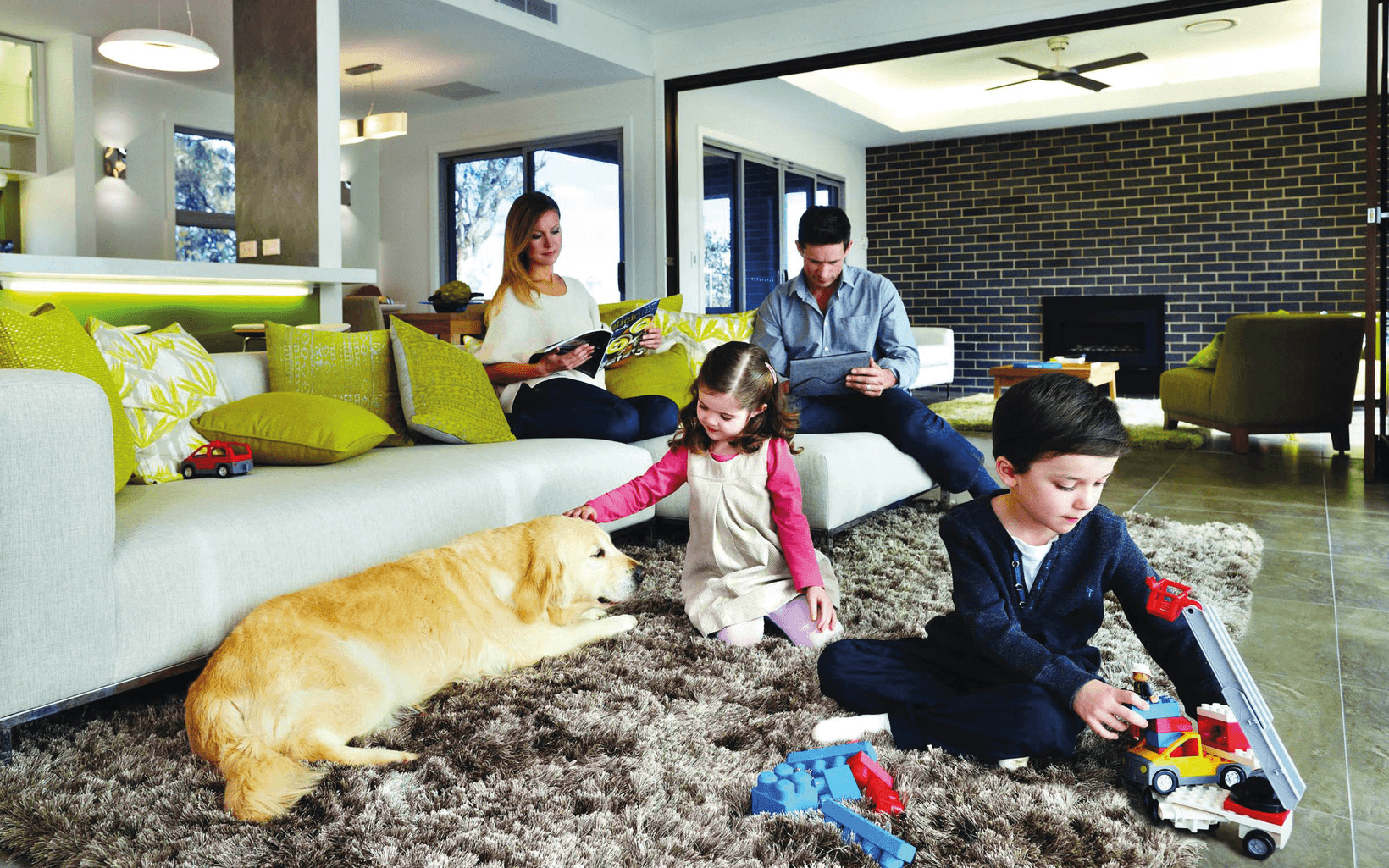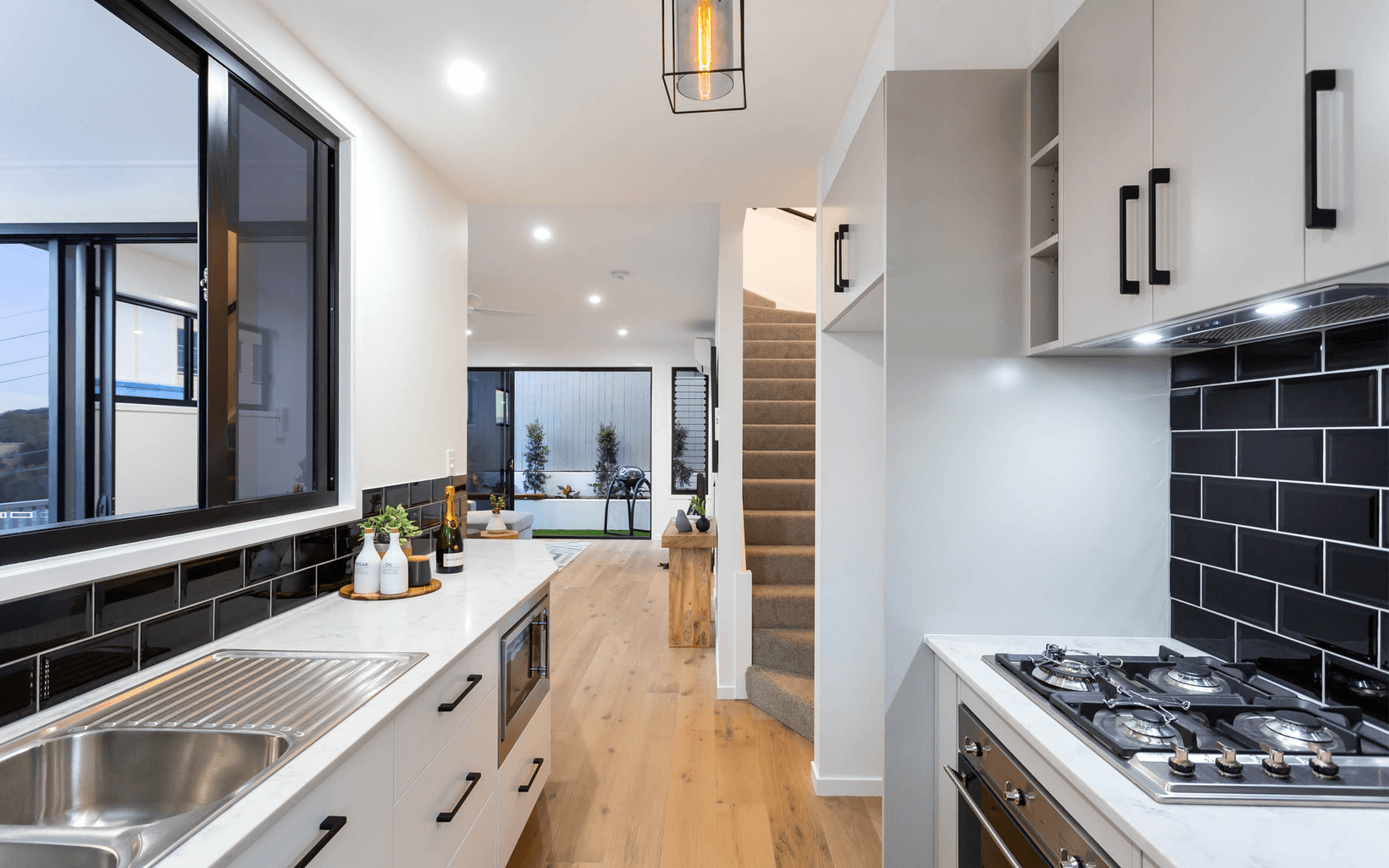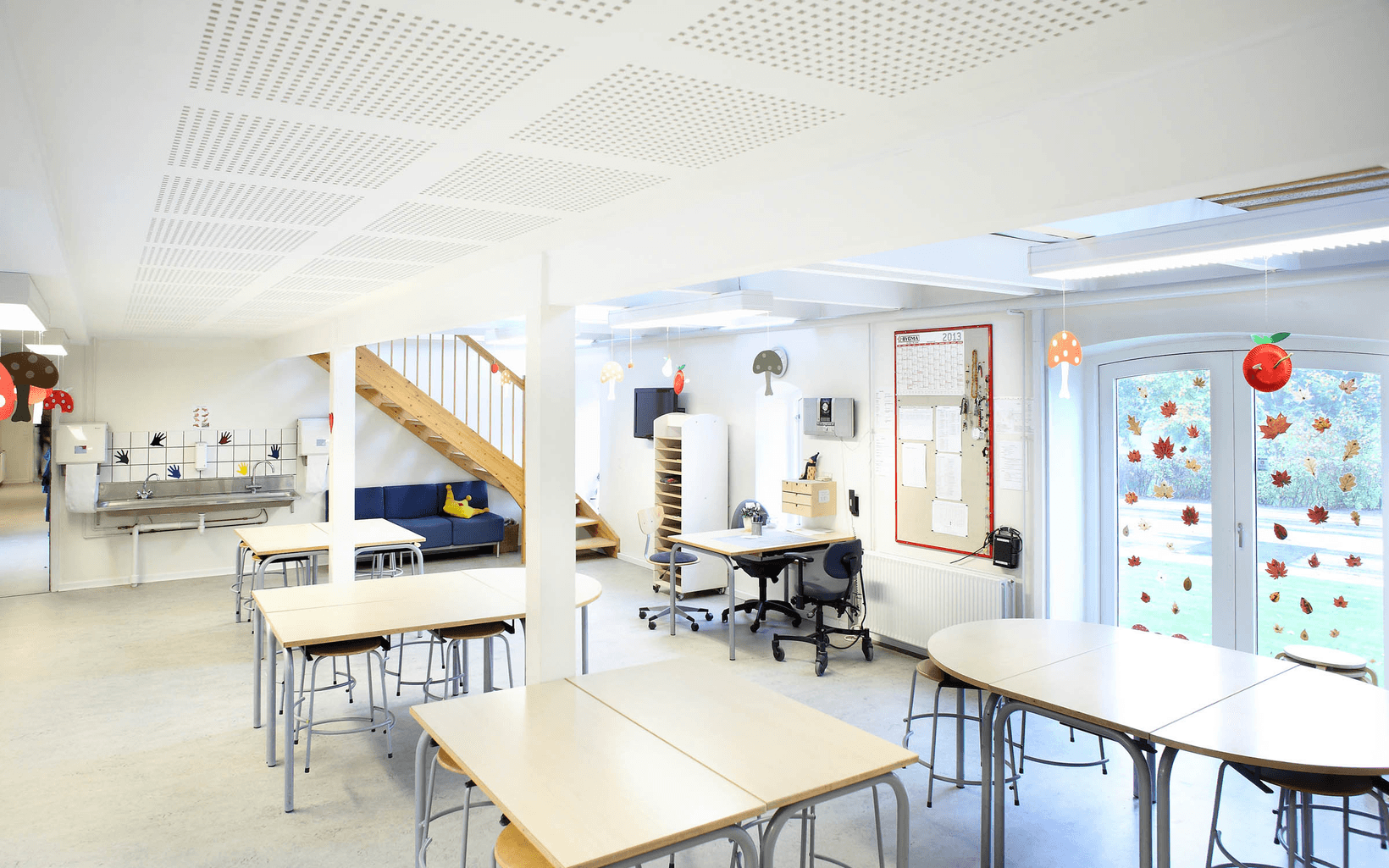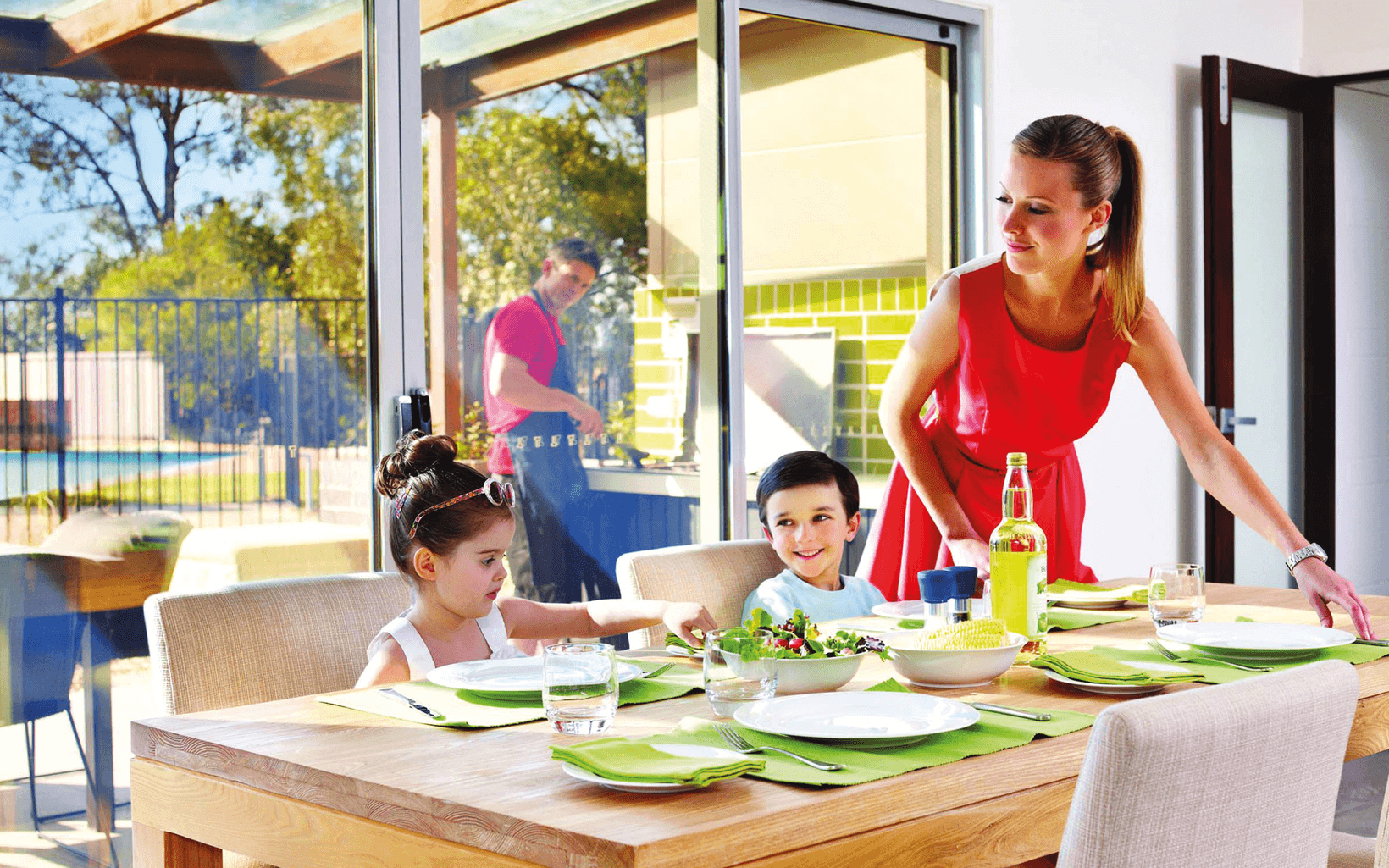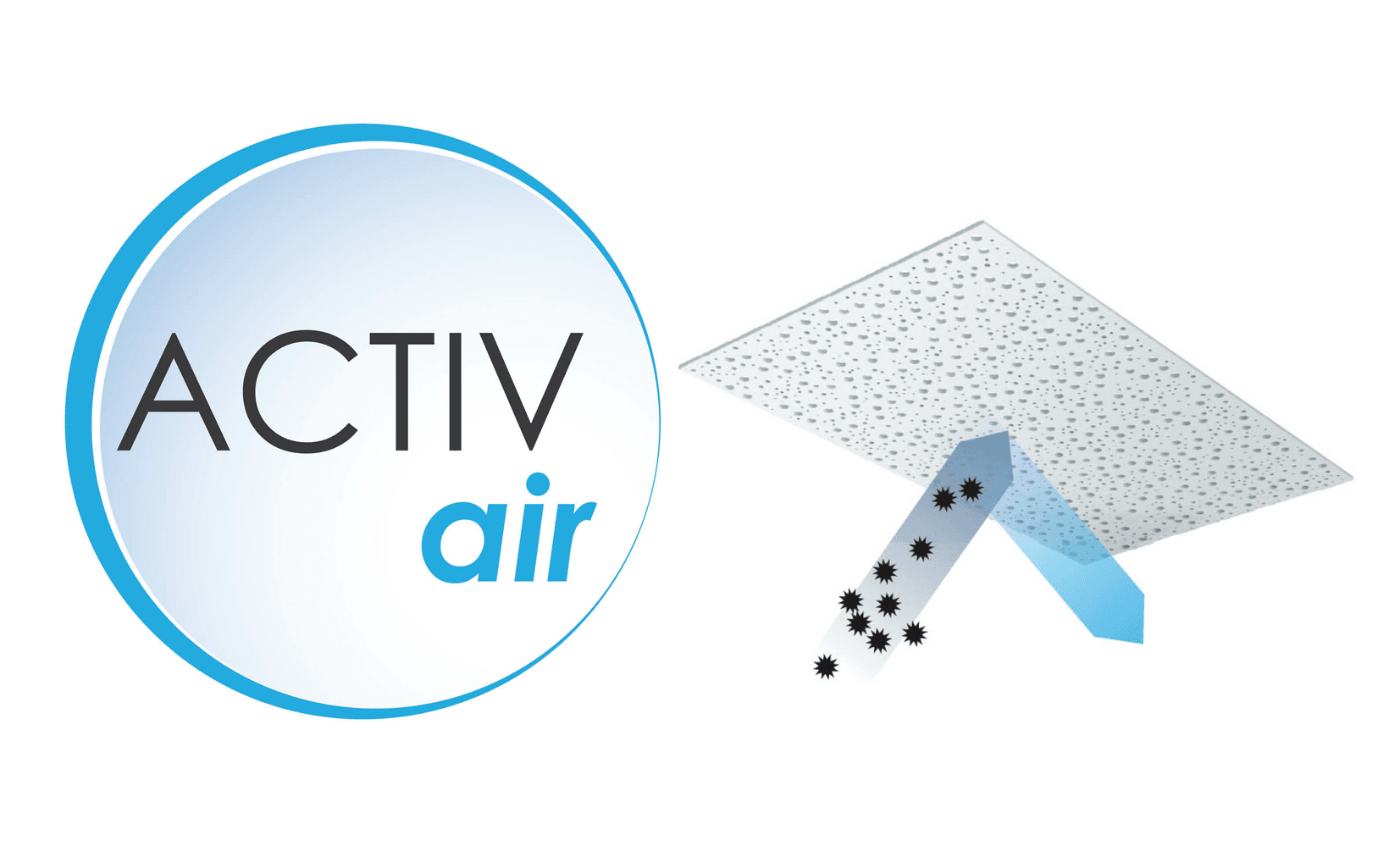Indoor air quality is a continuing concern for building occupants particularly in homes and areas where people work. Modern materials can contribute to higher concentrations of Volatile Organic Compounds while more energy efficient building methods can reduce the amount of natural ventilation encouraging mould and mildew, negatively impacting air quality.
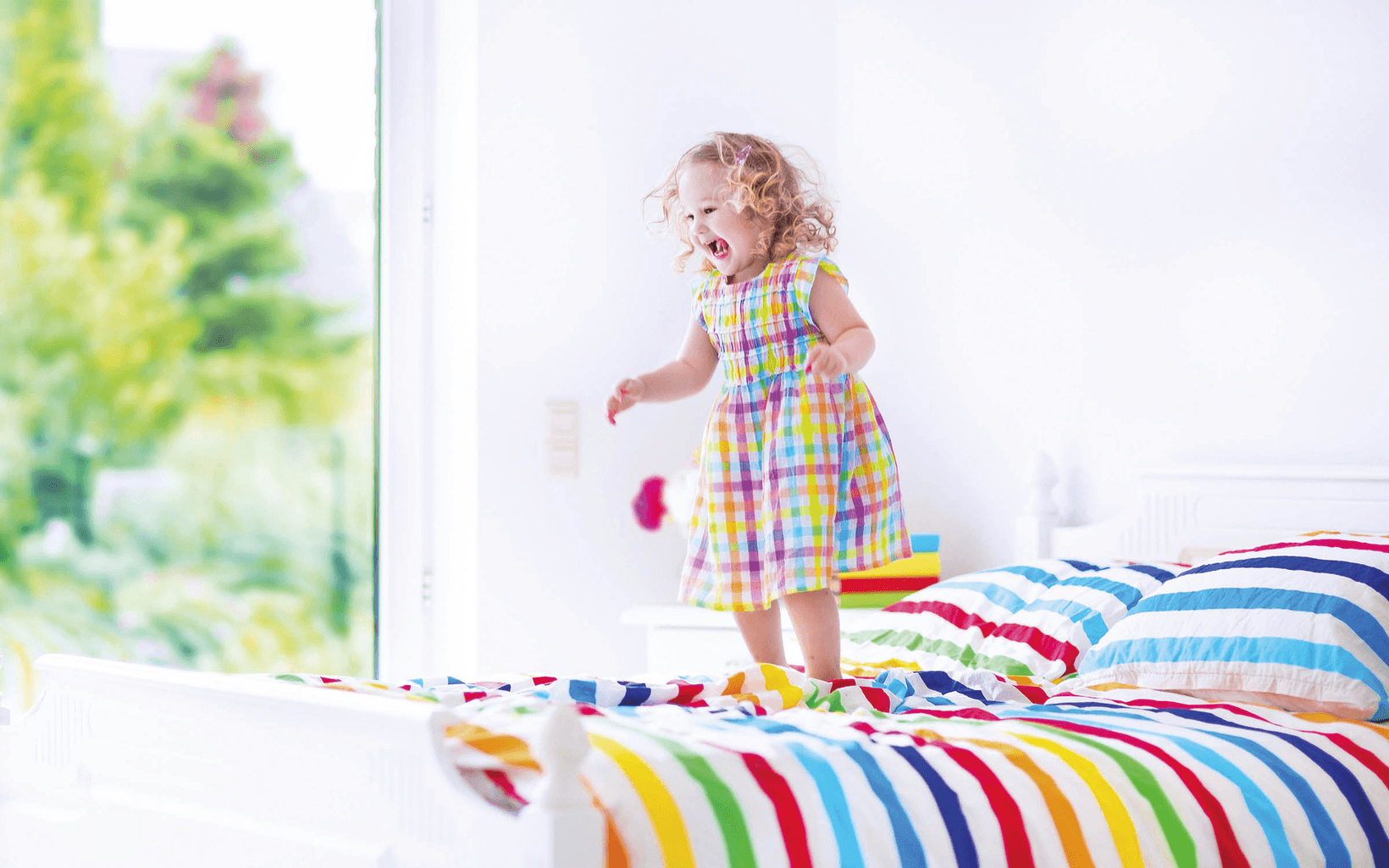
BCA Requirements
Loading component...
Loading component...
Loading component...
Mould and Mildew
Mould and mildew can also play a role in reducing air quality. The spores can circulate throughout a space and cause irritation particularly in the airways of asthma and allergy sufferers. Mould resistant plaster products, from Gyprock EC08™ Extreme and EC08™ Complete plasterboards to Ultra-Base 60 MR jointing compound are specifically developed for sensitive environments.
